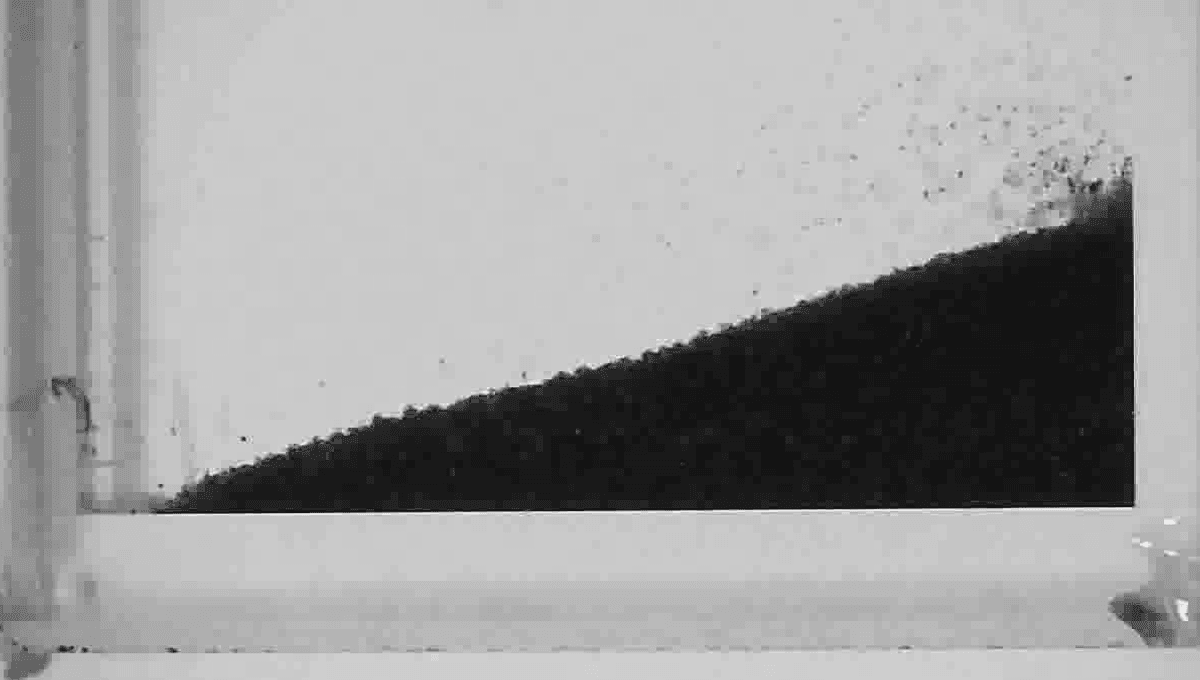Prepare to be amazed by a serendipitous discovery! Dr. Samuel Wilson-Whitford stumbled upon something extraordinary while experimenting with a magnet and polymer particles coated in iron oxide. When he rotated the magnet beneath a vial of these particles, their movements took a peculiar turn. Without the magnet, they behaved like any ordinary sand-like substance, following the expected granular flow equations. But with the magnetic field in play, everything changed.
In a statement, co-author Professor James Gilchrist from Lehigh University explained, “After using equations that describe the flow of granular materials, we were able to conclusively show that these particles were indeed moving like a granular material, except they were flowing uphill.”

To explain this mind-boggling motion, the team had to make some unique changes to the granular flow equations. They discovered that the angle of repose, which is the steepest angle of descent a material can have without slumping, had to be negative. Additionally, the friction coefficient also had to be negative.
“Up until now, no one would have used these terms,” Gilchrist added. “They didn’t exist. But to understand how these grains are flowing uphill, we calculated what the stresses are that cause them to move in that direction. If you have a negative angle of repose, then you must have cohesion to give a negative coefficient of friction. These granular flow equations were never derived to consider these things, but after calculating it, what came out is an apparent coefficient of friction that is negative.”
The culprit behind this counterintuitive movement is the magnetic field. It exerts a torque on the particles, causing them to rotate, and it also creates cohesion, allowing the particles to stick together momentarily. A stronger magnetic field enhances the cohesion, giving the particles more traction to climb uphill even faster. In fact, they can even conquer tiny staircases!
“This first paper solely focuses on how the material flows uphill, but our upcoming papers will explore applications, including whether these microrollers can overcome obstacles. And the answer is yes,” Gilchrist confidently stated.
“We’re studying these particles to the fullest,” he continued. “We’re experimenting with different rotation rates and varying amounts of magnetic force to gain a better understanding of their collective motion. I already have the titles of the next 14 papers we’re going to publish.”
This groundbreaking work has been published in the esteemed journal Nature Communications.








